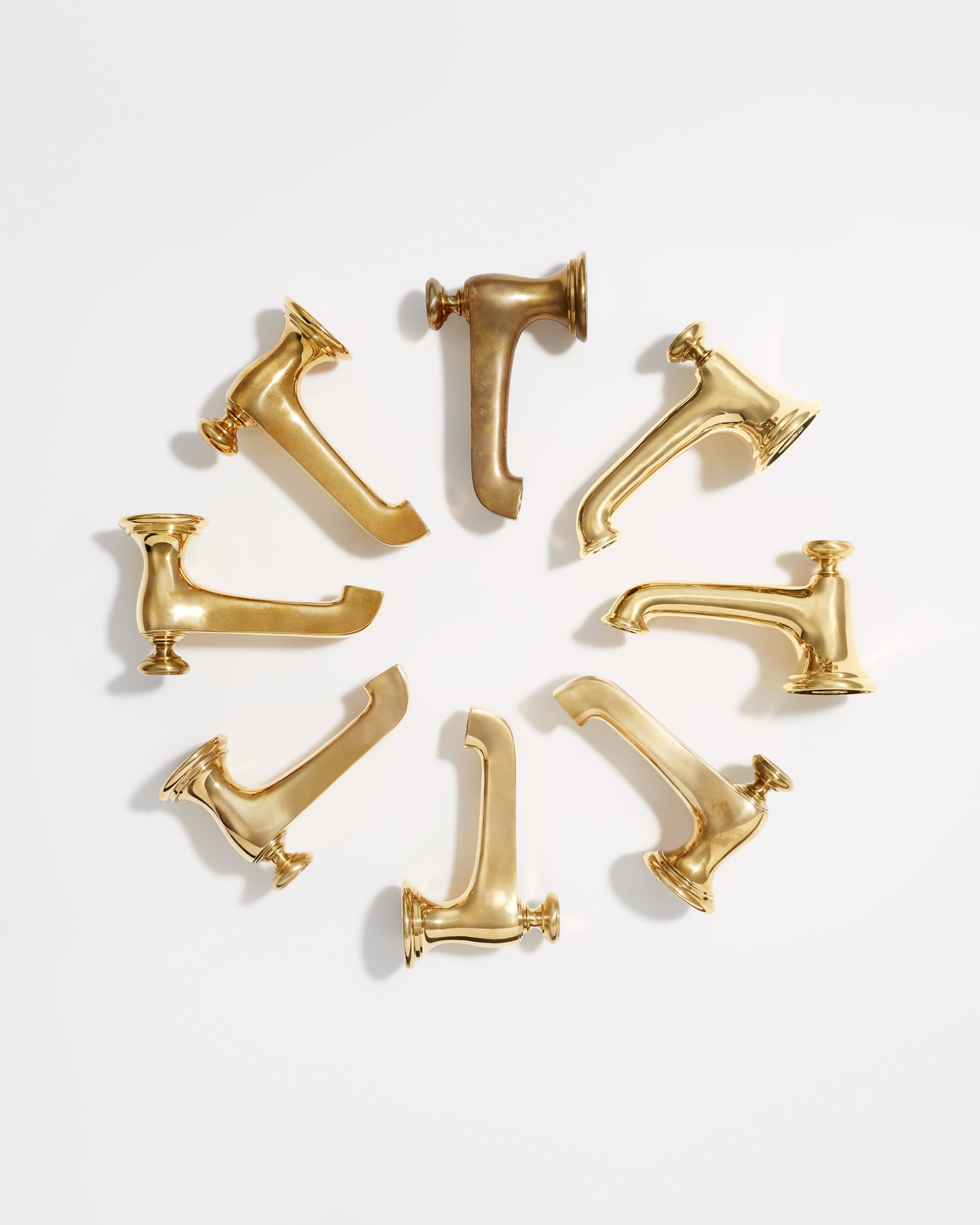With thanks to Kallista



Often described as a living finish, the initial polished appearance of brass will mature over time to develop a patina. Uncoated bare brass, or uncoated brass, is becoming increasingly popular for both kitchen and bathroom fittings. When left uncoated, high quality brass develops a golden patina which complements natural stones such as marble. The more residue, pollution or salt that is in the air, the quicker the brass will tarnish. If you like your brass clean and shiny it will need more regular cleaning.
Unlacquered brass is brass with no protective coating, otherwise known as lacquer. Most brassware has a coating that protects the material from natural wear and air exposure, but unlacquered brass is designed to tarnish and darken as it oxidizes. The original golden luster of unlacquered brass can also be brought back with a simple surface buffing.
Because unlacquered brass ages gradually over time, no piece will look identical.
One of the best features of unlacquered brass is that it can easily be restored to its original shine with a polish.
With thanks to Kallista


